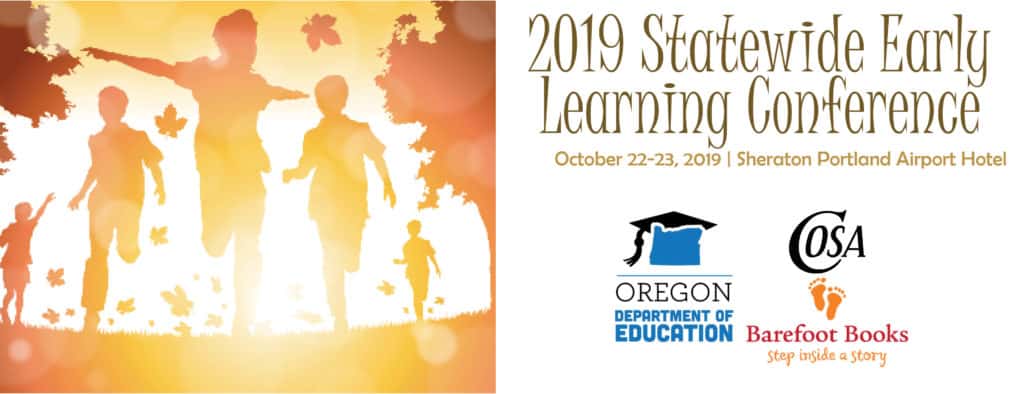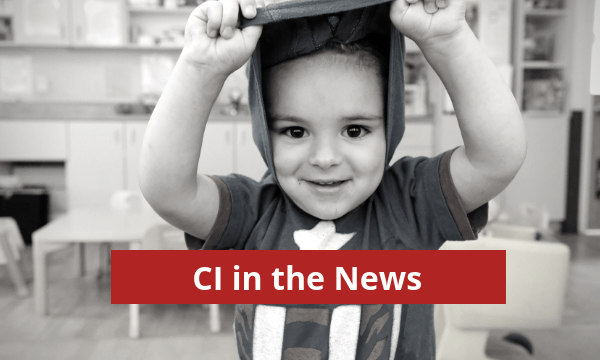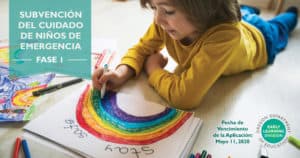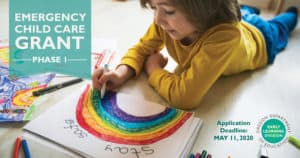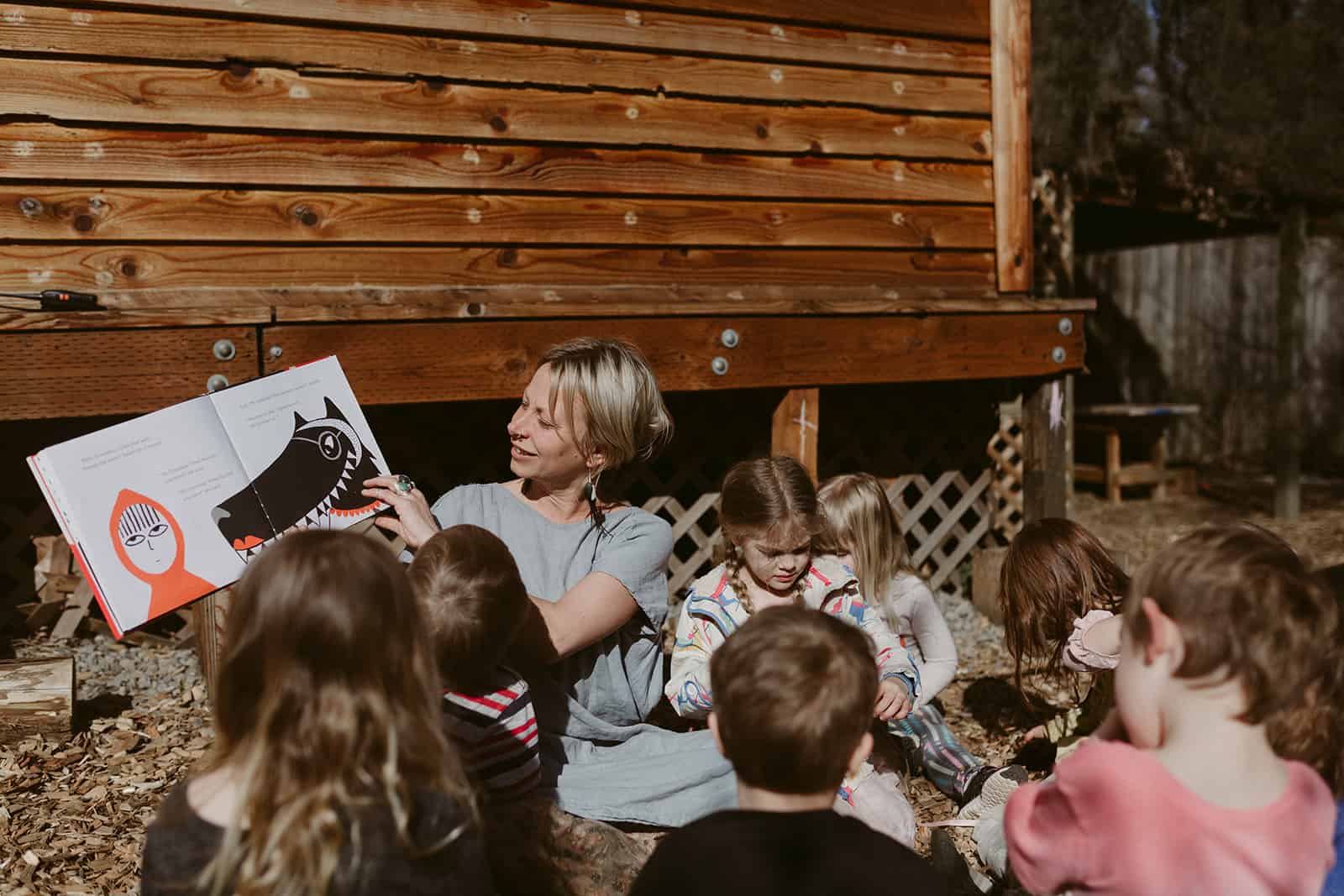Early Works began in 2010 as a learning laboratory for innovative practices in early education and a lot of that work informed the development of Early School Success, which is described as an initiative to better connect or align the early years and early grades. Can you describe, in simple terms, what that means for students and families?
When I talk about alignment or instructional alignment, what I’m trying to convey most simply is the idea that instead of two separate systems—preschool and elementary school—we need to think and act more holistically, so that children and families have a more seamless early education experience.
So first, consistency for children and families is important. Transitions from grade to grade can be the most challenging aspect of moving through the educational system. Classroom or instructional expectations can be different and students can find it unsettling and intimidating.
For example, a preschool teacher might allow students to finish their work and then move on to another activity. The next year’s kindergarten teacher may ask them to wait quietly at their desk until everyone is done before transitioning to the next activity.
These misaligned expectations may cause behavioral problems for some students. And because we know that student engagement is a strong predictor of later school success, it’s critical that we not underestimate children’s abilities to think, reason, and grapple with complex materials.
So, the more instruction is aligned, the less repetition there is in content, the higher level of engagement we will see for children. It’s also important to understand the role that social emotional and family engagement play in helping students reach their full potential.


